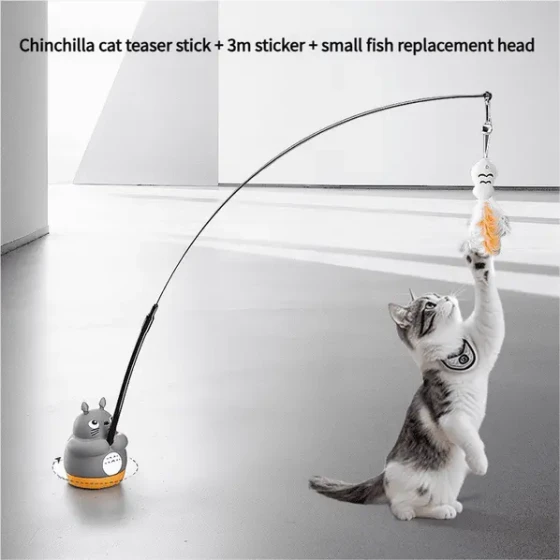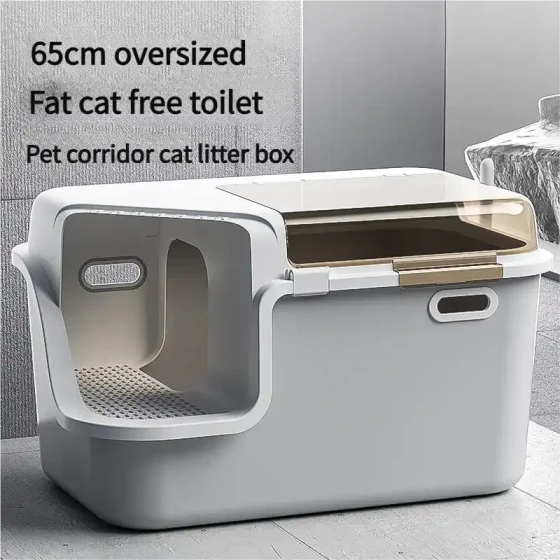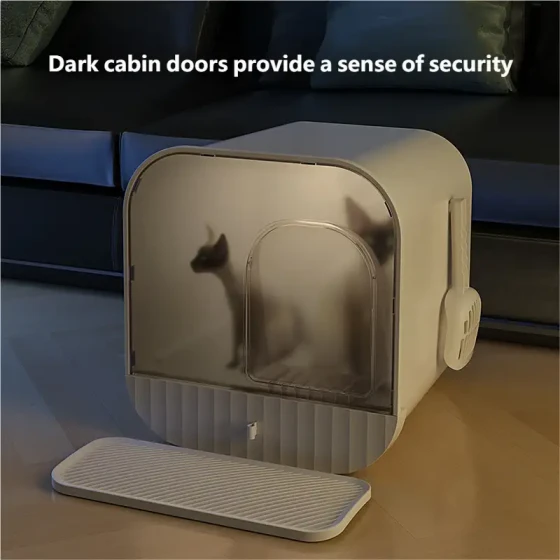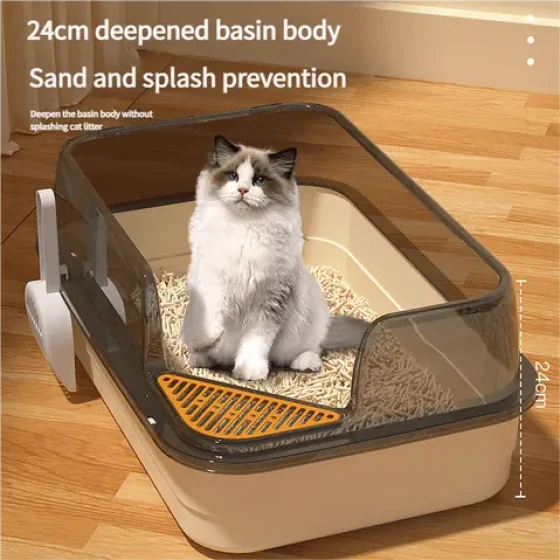Top Ten Cat Food Brands Rankings_2025 Latest Quality Cat Food Recommendation List
Choosing quality cat food for your beloved cat is a matter of their health and happiness. Instead of struggling with the ever-changing "Top Ten Rankings," it is better to master a scientific selection method: focus on the ingredients, nutritional balance, and whether it suits your cat’s age, health status, and lifestyle. Good cat food can provide ample energy, support a healthy digestive system, a shiny coat, and even help prevent potential health problems.
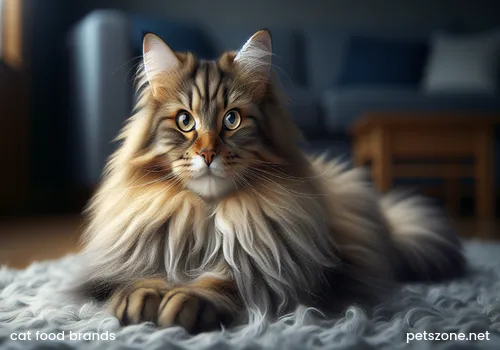
Why is choosing cat food so important?
Cats are obligate carnivores; their body structure and digestive systems differ greatly from humans or dogs. This means they require a high proportion of protein and fat from animal sources and have special needs for certain nutrients such as taurine. Lack of taurine can lead to severe eye and heart problems. Inappropriate cat food over time may cause malnutrition, obesity, urinary diseases, digestive issues, and more serious health risks. Therefore, understanding how to choose quality cat food is an essential lesson for every "cat parent."
Key criteria for quality cat food: understanding the ingredient list
The core task in selecting cat food is to understand the ingredient list and guaranteed nutritional analysis on the packaging. It is similar to checking an ingredient list when buying food, with a huge amount of information!
- Animal protein is king: Remember, cats need animal protein. The first few ingredients should clearly indicate animal-based components such as "chicken," "chicken meal," "fish," "salmon meal," etc. The closer to the top, the higher the content. Avoid those listing only "meat by-products" or "animal by-products," as their source may be uncertain and quality uneven. Ideal cat food usually contains over 30% protein, with kittens and senior cats possibly requiring more.
- Fat, an important energy source: Quality cat food provides sufficient animal fats like chicken fat or fish oil. Fat not only supplies energy but is crucial for skin health and a glossy coat and also helps absorb fat-soluble vitamins. Healthy fat content is generally above 15%.
- Carbohydrates, moderate is best: Cats have a very low demand for carbohydrates. Some carbs (like peas, sweet potatoes) can provide energy and dietary fiber, but if grains (corn, wheat, rice) or large amounts of plant proteins appear among the first ingredients, be cautious as this may indicate insufficient animal protein. Grain-free cat food has become a trend recently and is better for cats allergic to grains, but not all cats need grain-free.
- Important vitamins and minerals: Quality cat food adds essential vitamins (such as A, D, E, B-complex) and minerals (such as calcium, phosphorus, taurine). Taurine is especially important; be sure it is added in the ingredient list.
- Moisture content: Cats naturally have low thirst drive; wet food (canned, rehydrated freeze-dried) with high moisture helps cats stay hydrated and benefits urinary tract health. Dry food has low moisture, so cats on dry food need encouragement to drink more water.
- AAFCO standards: Many quality cat foods indicate compliance with the American Association of Feed Control Officials (AAFCO) nutritional standards on the packaging. This usually states the life stage for which the food is formulated, for example, "meets AAFCO nutrient profiles for all life stages" or "meets AAFCO adult maintenance requirements." This is an important reference for balanced nutrition. Though a U.S. standard, many top global brands adopt it.
Cat food ingredients to be cautious about
Like human "junk food," some ingredients are best avoided or minimized in cat food:
- Meat by-products of unclear origin: Quality cannot be guaranteed.
- Large amounts of grain fillers: Corn, wheat, rice appearing near the top of the ingredient list may indicate low nutrient density and may cause allergies or digestive problems for some cats.
- Artificial colors, flavors, and preservatives: These provide no health benefits and may cause allergies or other issues. Natural preservatives (like vitamin E, rosemary extract) are safer.
- Plant protein extracts: Some brands add pea protein, corn protein, etc. to boost surface protein content, but plant proteins have lower bioavailability than animal proteins and lack essential nutrients like taurine.
- Sugars: Cats are not sensitive to sweetness; added sugars only increase calories without benefits.
Different types of cat food
The market offers many types of cat food, each with characteristics:
- Dry food: Convenient for storage and feeding, helps clean teeth (though limited effect). Low moisture content requires cats to drink more water. Usually more affordable.
- Wet food (cans/pouches): High moisture content, very good for urinary tract health. Usually better palatability. Generally more expensive.
- Freeze-dried food: Uses freeze-drying technology to retain nutrition and flavor, rehydrated to resemble raw meat in taste and nutrition. Usually higher priced.
- Raw bone meat: Mimics wild feline diet, highly nutrient-dense. Requires strict hygiene and professional nutritional balance, not recommended for beginners to try blindly.
Choosing cat food is not just about brands
There are many well-known cat food brands in the market, but even within the same brand, different series and formulas vary. One series may be excellent, while another average. Therefore, don’t blindly trust a single brand; more important is to analyze the specific product’s ingredients and nutrition.
Some brands with a long-term good reputation and well-regulated ingredient quality (both domestic and foreign) often have the following features:
- Emphasize using high-quality animal protein sources.
- Ingredient list is transparent and open.
- Meets or exceeds AAFCO and other nutritional standards.
- Focus on cats’ special nutritional needs (such as adequate taurine, Omega-3 fatty acids).
- Formulas dedicated to different life stages or special needs of cats.
When choosing, you can refer to advice from authoritative pet nutritionists or veterinarians combined with your own cat’s situation.
How to determine if cat food suits your cat?
Even if a cat food looks great in ingredients, the final test is how your cat responds to eating it. After switching food, observe:
- Energy and vitality: Is your cat still lively and active?
- Appetite: Is your cat willing to eat this food?
- Weight changes: Is the cat maintaining a healthy weight?
- Defecation conditions: Are stools formed and color normal? Any diarrhea or constipation?
- Skin and coat: Is the coat still shiny and smooth? Any dandruff or itching?
- Water intake: (More relevant when feeding dry food) Is your cat drinking enough water?
If abnormalities occur, it may indicate the food does not suit your cat and you should consider changing it.
Frequently Asked Questions
- Should I feed the same cat food brand all the time? Not necessarily. Rotating brands or formulas moderately helps cats get more comprehensive nutrition and may reduce food allergy risks. But each switch should follow a "seven-day transition" method, gradually replacing to avoid digestive issues.
- Is grain-free cat food better? It is better for cats allergic to grains. However, if your cat has no intolerance, cat food with small amounts of easily digestible grains is acceptable; the focus is on overall nutrition ratio and protein sources.
- What differences are there in kitten, adult, and senior cat food? Nutritional needs differ by life stage. Kittens need higher protein and calories to support growth; seniors may need formulas easier to digest and gentler on kidneys. Choosing food suited for the life stage is very important.
- Is more expensive cat food always better? Price is a reference for quality but not the only standard. Expensive food with poor ingredients may not be better than affordable food with solid ingredients. Key is cost-effectiveness and actual ingredient quality.
- Can I feed only dry food? Dry food is convenient but low in moisture. If only feeding dry food, ensure your cat has sufficient, clean water and encourage drinking. Wet food helps increase water intake; a combination of wet and dry feeding is recommended.
Summary
Choosing cat food is an art; there is no unchanging "Top Ten Ranking" suitable for all cats. The most important is to master the standards of quality cat food: prioritize those with animal protein as main ingredients, balanced nutrition, and suitability for your cat’s individual needs. Carefully read ingredient lists, understand the brand’s philosophy and production standards, and closely observe your cat’s reactions during feeding. If necessary, consult professional pet nutritionists or veterinarians for personalized advice. Find the most suitable "kibble" for your beloved cat and let them accompany you in health and happiness!
